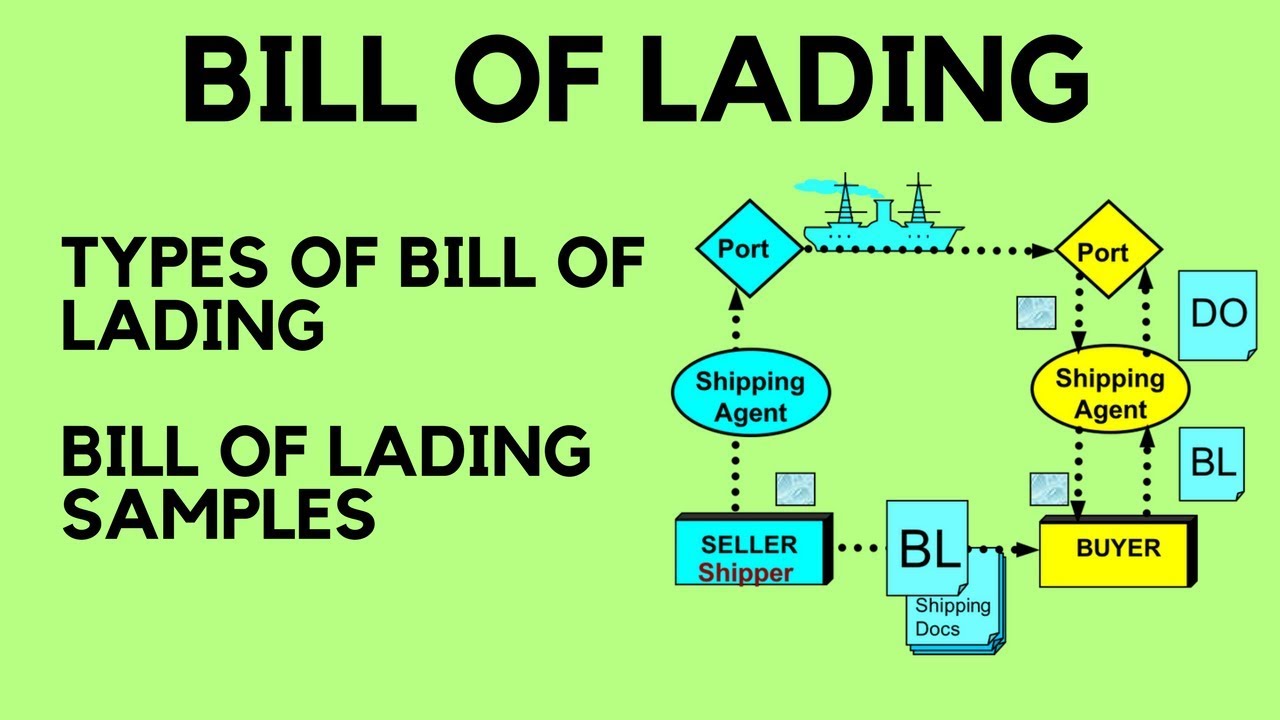Bill of lading, a term you may be familiar with, encompasses a diverse range of documents. Surprisingly, there are up to eight distinct types of Bill of Lading, with four being frequently employed. The choice among these types is influenced by the mode of transportation and the specific shipping terms applicable. Allow us to elaborate!
Straight Bill of Lading
It’s a non-negotiable form of a bill of lading, address directly to the buyer with the buyer’s customs broker being listed as the “notify party”. With a straight B/L, three sets of original bill of lading documents will be issued by the carrier, one of which will be endorsed by the consignee and presented when collecting the goods at the destination. A straight bill of lading is typically issued when there is a balance payment to be made.
Order Bill of Lading
Another non-negotiable form of bill of lading, of which this type is addressed as “to order’ or as “to order of a party” without being consigned to the buyer. The cargo shipment will hand over the shipment to whoever presents this specific bill of lading (as long as the bearer has been endorsed on the back) as the bearer will be considered the owner of the shipment. This type of bill of lading is typically used when the purchase of such goods is carried out via a letter of credit or in the instance when the goods are expected to be traded on a mercantile exchange platform whilst its being shipped.
Electronic or Telex Release
This form of bill of lading is essentially digital and there will be no need for the original bill of lading to be presented at the destination when requesting the release of goods. What an electronic or telex release will do is the shipper will endorse the original B/L, submitting it to the carrier’s agent at the point of origin, who then will notify the agent at the destination. The goods will be then instructed for released without the hard copy of the original bill of lading. The name comes from the past use of telex services, but nowadays emails or integrated systems will do the needful. This type of bill of lading is used when a balance payment is due, but payment goes through before the cargo arrives at the destination.
Stay tuned for the next blog on An Air Waybill and how it differs from a Bill of Lading.

